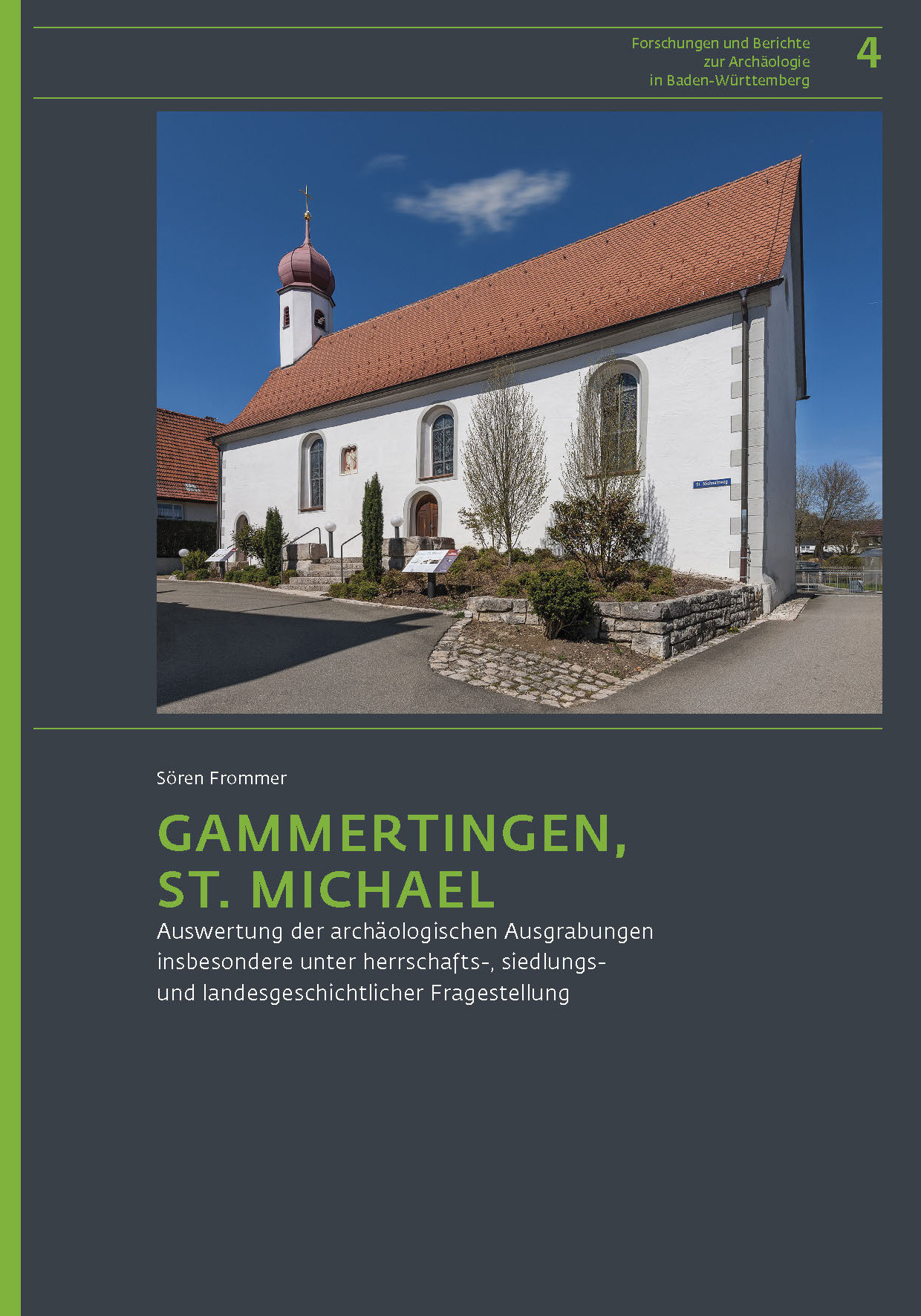Hummel, Susanne
Das Gräberfeld der jüngeren Römischen Kaiserzeit von Costedt
In 1989, the Westfälisches Museum für Archäologie conducted a study of a burial ground in Porta Westfalica-Costedt with 44 graves dating from the early Roman Imperial period. A few urn graves were discovered, but the most common forms of burial were cremation graves, cremation patch and bone nests. Such variants are common in the Rhine-Weser Germanic region.
A relatively large number of garment buckles in the form of 15 fibulas were found at the burial ground, ceramic is the most common category of archaeological finds. Several graves contained Roman import products; a Roman disc fibula, terra sigillata, along with remains of Roman bronze vessels and glasses have been identified. The existence of a local ruling class can be deduced from the burial gifts of Roman import. On viewing these objects together, it is evident that two courts shared the same burial ground, one of which was for three generations recognisably richer than the other.
The site was analysed as part of two exercises at the Seminar for Prehistory and Early History of the Georg-August-University Göttingen from 1992 to 1994.
Gammertingen, St. Michael: Auswertung der archäologischen Ausgrabungen insbesondere unter herrschafts-, siedlungs- und landesgeschichtlicher Fragestellung
Located on the edge of the late medieval town of Gammertingen, the unimposing chapel of St. Michael is a relic of a high nobility estate of the 10th–12th centuries AD, whose roots go back to the Merovingian period. Interdisciplinary analyses of the archaeological excavations give an extraordinary insight into the emergence and development of a medieval dynastic estate and at the same time indicate the role of local tradition already in the early days of aristocratic development. Starting immediately with the first massive church built around 980 AD, the chapel is used as a dynastic burial site by the resident high nobility. But also for later phases, St. Michael’s chapel provides first-hand information, for example on the epochal conflict between Gammertingen’s town lord Dietrich von Speth and Duke Ulrich of Württemberg in the 16th century.
Additional infomations you find here.








